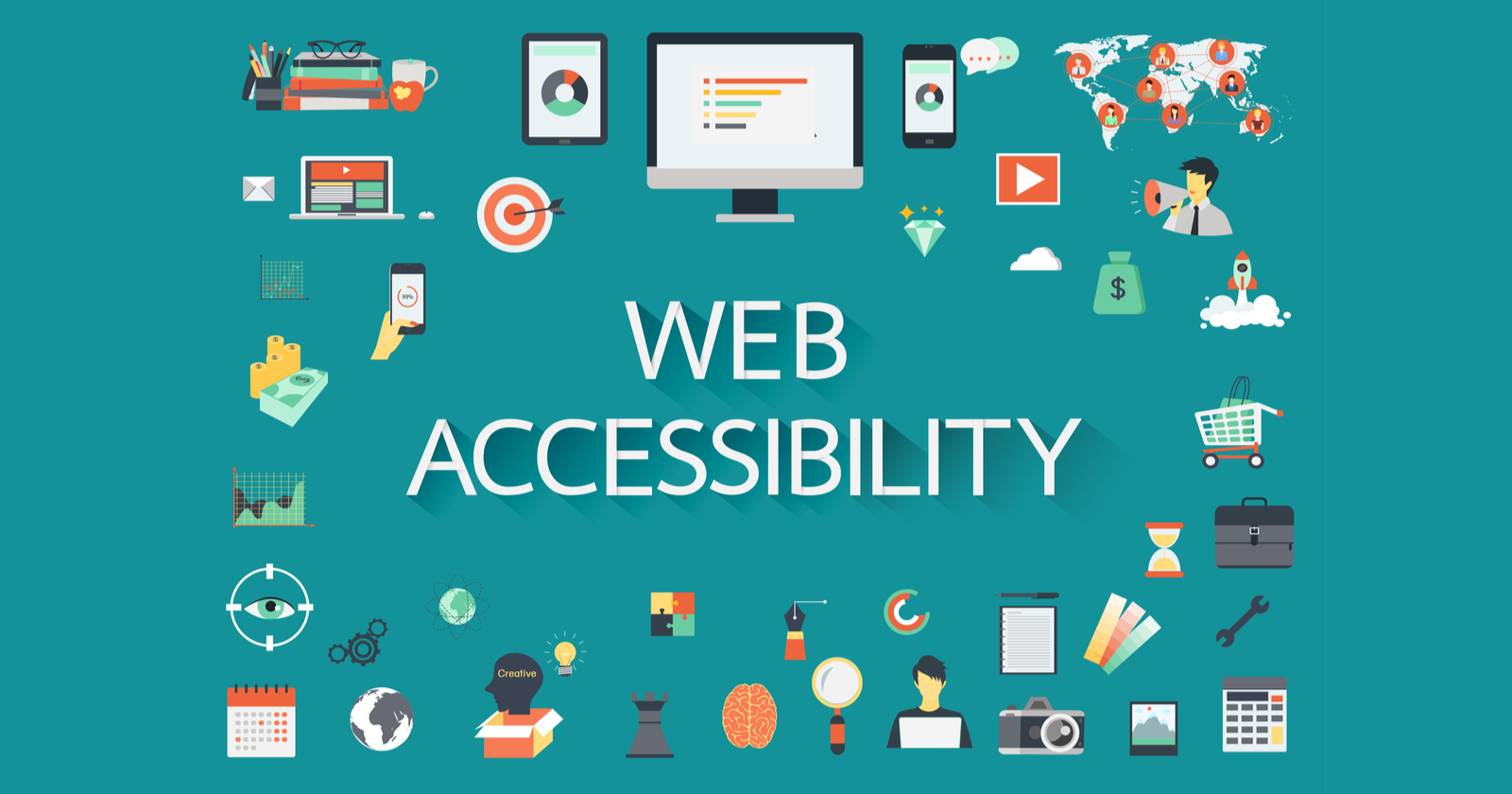
In an increasingly digital world, web accessibility is becoming increasingly important. As businesses and organizations move their services onto the internet, ensuring their websites are accessible to people with disabilities is essential. It not only benefits those with disabilities, but it also provides an enhanced user experience for all visitors. With new web technologies and standards emerging, it is critical to understand the role of accessibility in website Design.
Web accessibility is defined as the inclusive practice of ensuring that everyone, regardless of ability, can access a website and its content. This includes users with visual, hearing, motor and cognitive disabilities. Through the proper implementation of web accessibility guidelines, websites can be designed in a way that meets the needs of all users.
When accessibility is implemented correctly in website design, it can create an environment of inclusivity and equal access for everyone. This can be achieved through a variety of strategies, such as adding alternative text descriptions to images and videos, providing closed captions for audio and video
- Make your website accessible to people with disabilities
Accessibility is an important consideration in website design, and should be taken into account from the very beginning of the design process. One of the most important aspects of website accessibility is making sure that your website is accessible to people with disabilities. This includes providing features such as alt text for images, adjusting font sizes, using high contrast colors, providing alternative navigation options and audio descriptions, and using keyboard shortcuts for navigation. All of these features can help to create a more user-friendly website for everyone, and make it easier for people with disabilities to access and use your website.
- Increase usability for all users
Usability is an important factor when it comes to website accessibility. All users should be able to access and navigate your website with ease. This means having a website that is optimized for all devices, including mobile and desktop. The site should also have features that allow users to customize the look and feel of their browsing experience. Additionally, your website should include accessible tools like keyboard shortcuts, page skip links, and adjustable font sizes. Making sure your website is as user-friendly as possible for all users is a crucial step in creating an accessible website.
- Use font size, contrast, and color options to allow for greater accessibility
Ensuring a website is accessible means making sure it can be used by everyone, regardless of age, ability, or disability. One important aspect of this is allowing users to adjust font size, contrast, and color options to make the website easier to read and use. Font size is particularly important, as it allows users to make the website content easier to read. Contrast and color options have the same benefit, as users can adjust them to make the website more readable for those with color vision deficiencies. By implementing these features, developers can ensure that a website is accessible and usable for everyone.
- Incorporate website accessibility standards such as W3C’s Web Content Accessibility Guidelines (WCAG)
In order to create a website that is truly accessible to all users, it is essential to incorporate website accessibility standards such as W3C’s Web Content Accessibility Guidelines (WCAG). These guidelines provide a comprehensive set of criteria that must be met in order to ensure that your website is accessible to people with disabilities. This includes providing alternative ways for people to navigate the website, ensuring that text is large and readable, and providing options for users to adjust the website to meet their individual needs. By adhering to the WCAG guidelines, you can ensure that your website is designed to be inclusive of all users, regardless of their physical or cognitive abilities.
- Utilize automated accessibility testing tools to identify and address any potential issues
Automated accessibility testing tools are an invaluable part of website design. These tools are designed to identify and address any potential issues that may hinder a website’s accessibility. By taking the time to run automated tests, website developers can ensure that their sites are compliant with the latest standards and meet the needs of all users. Automated accessibility testing tools can identify potential issues such as color contrast issues, missing alt text, and missing labels, as well as provide detailed reports outlining the issues and how to address them. Utilizing automated accessibility testing tools can save website developers time and money, and ultimately, lead to better websites for all users.
In conclusion, having an accessible website is essential for businesses. It not only enables businesses to reach a wider audience, but also enhances the user experience. Accessibility should be an integral part of any website design process, as it is essential to creating an inclusive and user-friendly website. By following the WCAG guidelines, businesses can ensure their website is accessible and compliant with the law.




